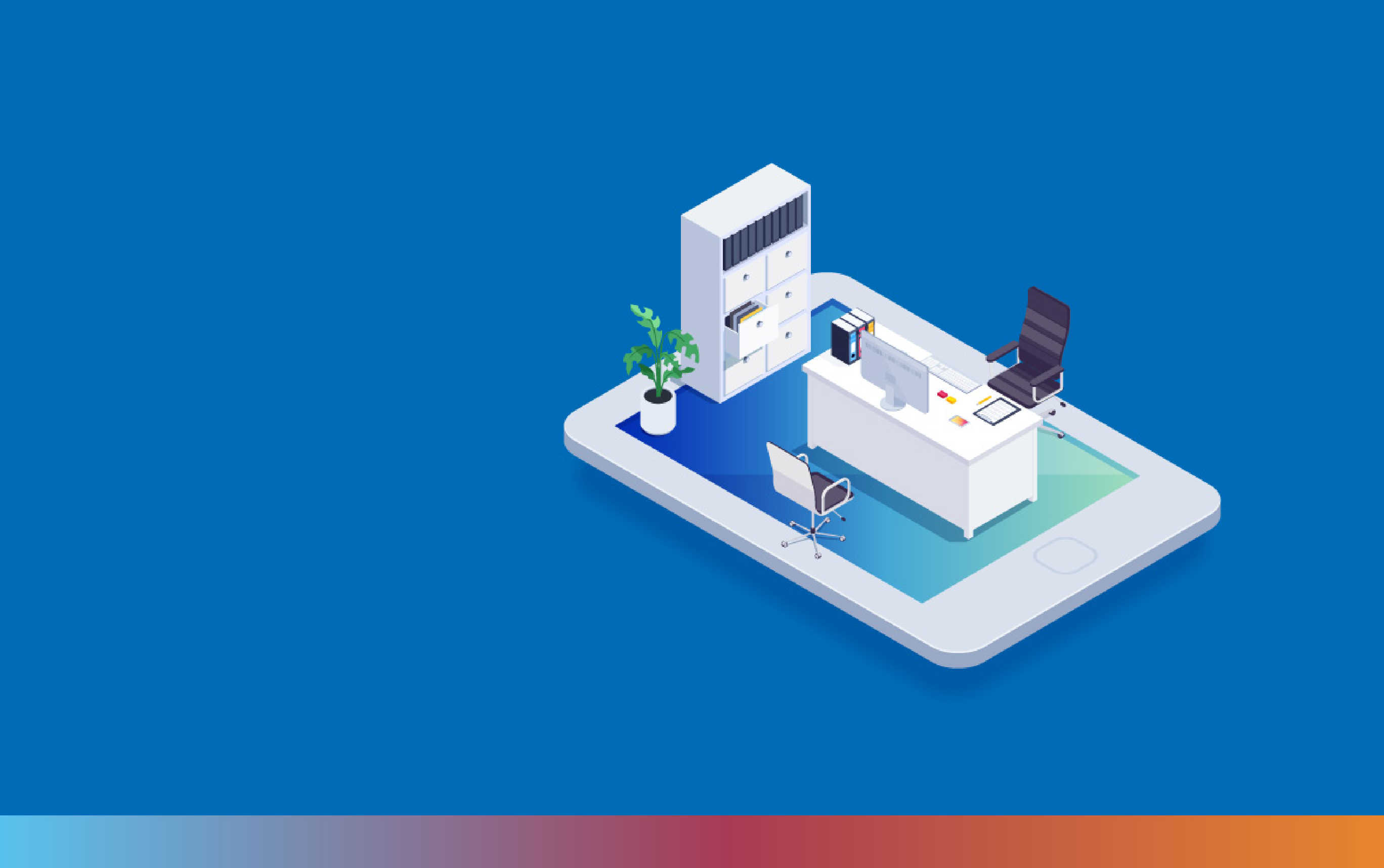We support leading insurance companies in their digital transformation, helping them adapt to an increasingly dynamic and demanding market.
Workspace as a Service: What is WaaS and what are its benefits?

Faced with the current scenario, in which a hybrid work modality that combines face-to-face and virtual forms is imposed, the need to have digital spaces to perform daily tasks is more than a condition of possibility: it is a strategic resource to achieve operational agility. Therefore, remote work requires digital workspaces that can meet the needs of each team in the organization. Now, what do we mean by WaaS (Workspace as a Service) and why is it becoming more and more common.
“As a service" will not be a concept that runs on catwalks, but it is undoubtedly fashionable. Having technology as a service is not something new, but this season, it resurfaces with a new model. Indeed, there has long been talk of:
- Infrastructure (IaaS): servers without any services to handle completely at your discretion.
- Platform (PaaS): servers with an operating system and a set of ‘base’ systems that only require the particular configuration that each company needs.
- Software (SaaS): out-of-the-box applications.
On the other hand, and returning to the issue that afflicts us, it is real that a digital workspace can be set up from scratch. An Infrastructure as a Service is contracted, the corresponding software (desktop tools, messaging, etc.) is licensed, installed on virtual servers and remote access for users is enabled. However, this involves investment in software assets, maintenance and periodic updating, so it might not be the best alternative. And this is where WaaS comes in.
What are Workspaces as a Service (WaaS)
Workspaces as a Service (WaaS) is a desktop virtualization solution used to provide employees with remote access to organizational settings and data. WaaS features a simulated workspace that is identical to the physical office desk. It can be used with smartphones, computers, and laptops, and integrated with bring-your-own-devices (BYOD), bring-your-own-applications (BYOA), and bring-your-own-cloud (BYOC) solutions to minimize the risks of security breaches.
|
The WaaS market will grow by 15% between 2021 and 2026, having registered strong momentum since the beginning of 2020. Source: imarc |
WaaS Benefits
As every IT team knows and asserts, the work environment of each member of the company must be as standardized as possible, to ensure file and information compatibility, and also to simplify maintenance and support tasks. Therefore, in times of hybrid work, it is necessary to have a set of applications that are similar beyond where work is being carried out.
In that sense, the possibility of having a digital workspace in the cloud is an excellent alternative. It does not require initial investments, the latest version of the chosen software is always available, there is a set of security issues at the platform and infrastructure level solved by the provider, and the various tools are well synchronized for the flow of information between them. In addition, ‘jobs‘ can be enabled or disabled in seconds, depending on how the number of users varies, avoiding the existence of idle technological resources.
In addition to offering simplified file storage, a consistent work environment, and reduced operating costs, it has other benefits such as increased employee productivity, and greater work-life balance.
|
This segment of the IT industry is expected to generate revenues of more than $8.5 billion by 2025, 75% more than in 2019. Source: Orbis Research |
Today there are WaaS offerings on Amazon (with its own suite of tools or using Microsoft Office) for PC and Mac environments. Google Workspace announced that the free services will become G Suites from July 2022 and Microsoft is constantly adding functionality to 365.
Workspace as a service platforms include API and web application security, firewall, protection against denial of service (DoS) or bot attacks, log registry, troubleshooting mechanisms, among other features, beyond the specific functionalities of productivity, communication and collaboration.
Hybrid work is here to stay. In this context, companies must look for alternatives to adapt to market and employee expectations, gaining flexibility, without losing productivity or profits. The are many options and making a good plan to start the WaaS deployment and minimize the basic configuration adjustments on the fly, requires expert advice.



